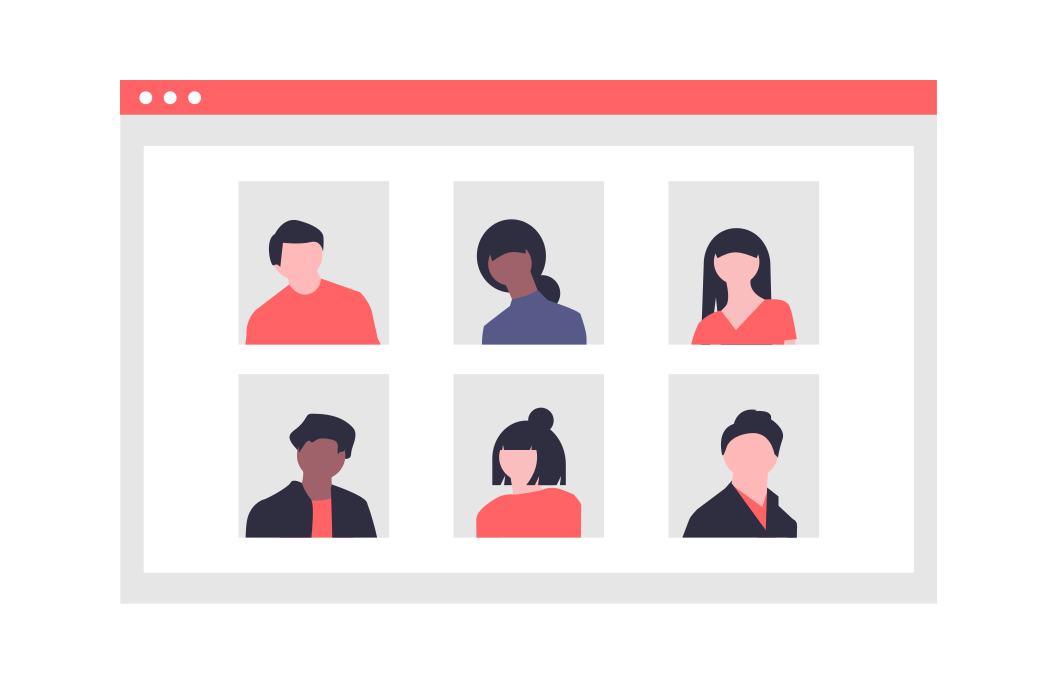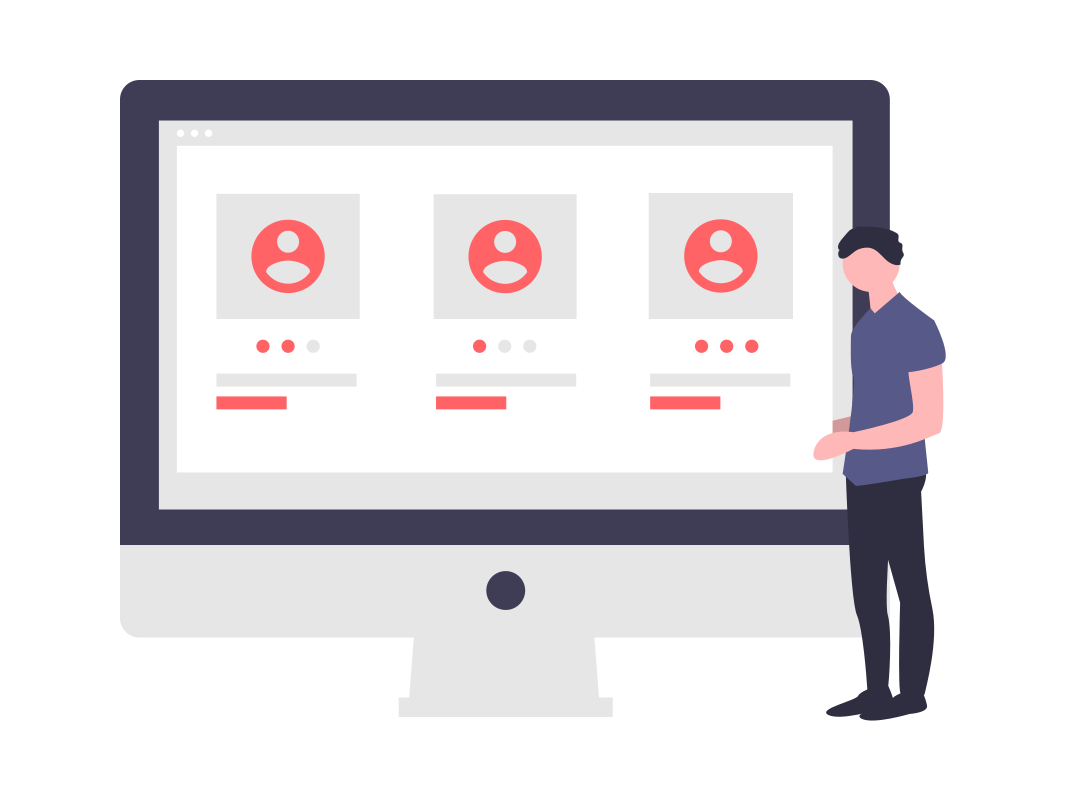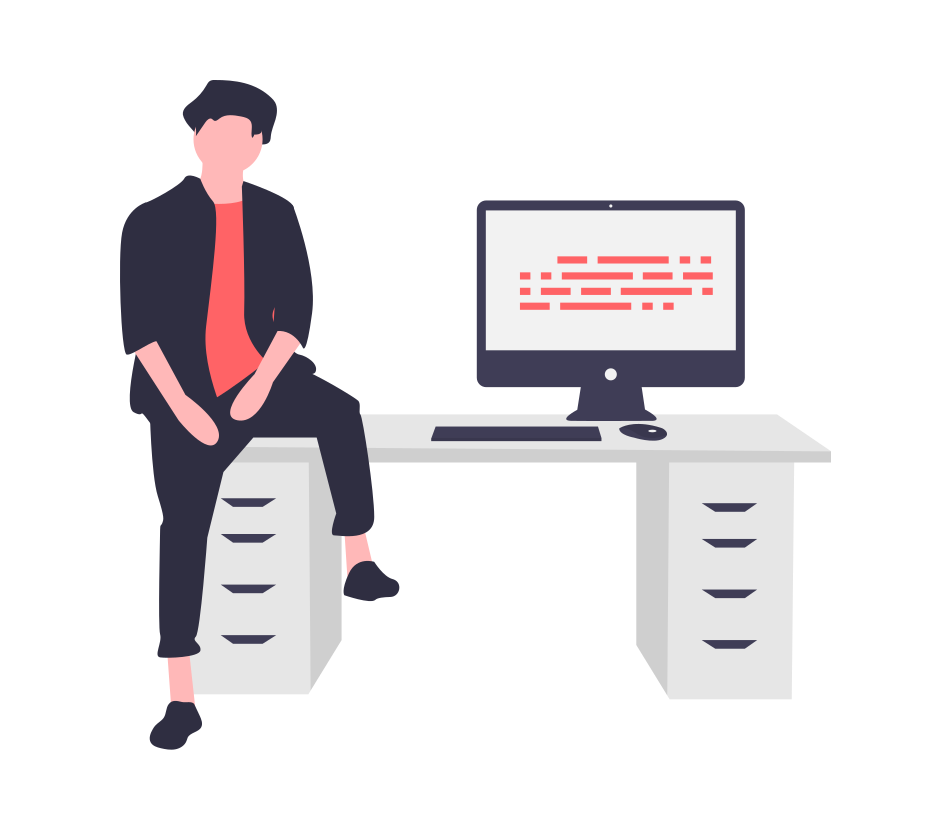By
Vani Anand, Student
Mentor: Dr Jyotsna Kohli
Satyam College of Education, Noida
“By LEARNING
You will TEACH
By TEACHING
You will LEARN.”
WHAT DOES LEARNING MEANS?
It ne’er implies that learning is merely done by the learner and teaching by the teacher. In the classroom, both teachers and learners explore new facts and information mutually. Teaching and learning both are integral parts of the education process, and can’t be considered as an isolated segment.
LEARNING CHIEFLY LEADS: –
- Change in behavior
- Acquiring new knowledge and skills
- Updating previous knowledge
- Retrieval of something once needed
MODELS OF LEARNING:-
As an educationalist, we should be aware of different models proposed for acquiring learning and how a better opportunity could be provided to the learner to acquire learning. Two of the learning models, the ‘objectivist learning model’ and the ‘constructivist learning model’ are generally used to educate students.
- The objectivist learning model:
It supports Skinner’s stimulus-response theory, which states that learning could be a modification in behavioural disposition which will be formed by selective reinforcement. The premise of the objectivist model is that the most effective way for a student to learn subject matter is to “efficiently transmit knowledge from the expert to the learner” i.e. the transmission of knowledge.
- The constructivist learning model:
John Dewey, Jean Piaget & Lev Vygotsky are some of the promoters of constructivism. The primary goal of constructivism is the application of learning in a creative way. Constructivism focuses on the process of learning and through this, the outcomes are produced. In constructivism, students have many opportunities to construct their knowledge and express their understanding.
“Knowledge is
CONSTRUCTED
Not transferred.”
-PETER SENGE
“CONSTRUCTIVISM proposes that acquisition of knowledge occurs amid four assumptions:
- Learning involves active participation.
- Learning is adaptive.
- Learning is subjective rather than objective.
- Learning involves both social and individual processes.”
TEACHERS IN CONSTRUCTIVIST CLASSROOM:
In constructivism, learning actually takes place when learners are able to relate the concept with the real environment. In this process, all persons in the classroom (teacher and students) share the task of the unveiling, critically analyzing and re-creating knowledge that encourages students to feel like masters of their own thinking, also by having positively reinforced among all.
“TEACHING MEANS CREATING SITUATIONS WHERE STRUCTURES CAN BE DISCOVERED”
-JEAN PIAGET
So, here the role of the teacher in a constructivist class comes in. The teachers are anticipated to be a pool of knowledge, however her role in constructivism is to supply a scenario within which a student ought to produce his own knowledge. It is very well said that-
“The best teachers are those
who show you where to look,
but don’t tell you what to see.”
-Alexandra K. Trenfor
DESIGNING VIRTUAL CLASSROOM BASED ON CONSTRUCTIVISM

In the present situation of lockdown, that is taken into account to be a “new normal”, provides diversified opportunities for school teachers, instructional designers as well as learners by varying and broadening the alternatives for learning. But, at the same time, this case creates a significant queries before all educationalists: how would be the new classroom after a pandemic? But at present, the most important question before teachers is how could a virtual classroom be designed based on constructivism?
“In education,
TECHNOLOGY can be a life-changer,
a game changer, for kids who are
both in school and out of school.”
The constructivist approach in virtual classrooms, with its assumptions about learning and knowledge, multiple perspectives and modes of learning, and the complexity of learning environments promising at promoting learners’ more confident, proactive and responsible individuals by supporting incentives on diverse media in learning. The various ways by which a virtual classroom
- Using analytical tools
In this new form of learning, both teacher and student are enriching their technical as well as analytical skills. Students are using analytical tools to answer the questions posed by the teacher using the instructional materials (Video Trailer, PPT, Word File) created to grab the attention of the student in a manner to check their prior knowledge or for the better concentration and stimulus variation, teacher take some quiz on the video trailer (instructional material).
- Varieties of assignment questions
The assignment questions helped the student apply, analyze, synthesize, and evaluate information in real-life scenarios. They got an opportunity to contextualize and personalize the information themselves as various instructional materials help them in reflection and processing of information. The embedded activities helped them in choosing meaningful activities, applying and personalizing information, and constructing new knowledge under the roof of cooperative and collaborative learning. So, the data and the information are always there but now they are moving one step ahead, they are analyzing that information or data and using that in the perspective of improvement of their knowledge.
- Many instructors and different resources
In a real classroom, they have one instructor (teacher) and one resource (book) but here in the virtual classroom, he has many instructors and different resources which can help him comprehend better.
However, we are not used to this, but there is a very vast scope of influencing our learning habits. As online learning is happening simultaneously there in virtual classrooms, in real-time, students may take information from various resources or instructional material and through that students can comprehend in a better manner and together construct knowledge from different perspectives.
- Teacher’s role as facilitator
In a constructivist classroom, students have to correct information, the relevant concepts, and the teacher must have to work as a facilitator and provide guidance to the search sites, portals, Google library from where students can collect relevant and enriched data under the supervision of the teacher. In this perspective, teachers could also develop knowledge about instructional design or e-learning.

CHALLENGES TO OVERCOME FOR AN EFFECTIVE CONSTRUCTIVIST CLASSROOM
The major challenges we have to overcome in the constructivist virtual classroom are:
- Adaptability Struggle: Change from a traditional classroom environment to computer-based learning in the virtual classroom makes the learning experience entirely different for students. Students with a traditional classroom mindset find it difficult to adapt to a new learning style. But with constructivism and using different interesting learning tools, students interest can be created for this new type of learning and henceforth they will be ready to accept the change.
- Technological Hindrance: Some times, a disturbance in voice or video occurs, which students may use as an excuse in the virtual online classroom.
- Individual Management: It can be troublesome at some points as we are available virtually not physically. So, being a good manager, we have to manage our other side very creatively.
- Lack of Computer Literacy: This is a major issue among students today. However, technological proficiency is very important for online classes, as it helps the learner in completing their assignment and homework while using verities of online tools in the constructivist classroom.
- Self-Motivation: It is an e-learning essential requirement. It is required to motivate the learner to follow new change and new educational trends and make them understand the future challenge they have to face so that they can be motivated and get involved with a great positive attitude which will definitely help them in accepting and overcoming the challenges in e-Learning.
- Use of Tools: Better tools should be introduced by the teacher, better control over the tools could be implemented making different strategies. By exploring several options like Raise Hand or Thumbs Up or any emoji’s. in this way students can use it to inform teachers of their presence and further express their views. So, to overcome some hindrances or challenges we have to develop online class etiquette.
CONCLUSION
It is concluded here that in online revolution students are constructing much more than book content. They are constructing knowledge over:
- ICT tools
- How to answer professionally
- How to pose his question virtually
Also, it is giving students more references as shared by any friend or screen. There is easy availability of information to everybody. One student can collect many ideas. The students or learners will really get something innovative, idealistic, creative, and meaningful for their investment of time and effort.
